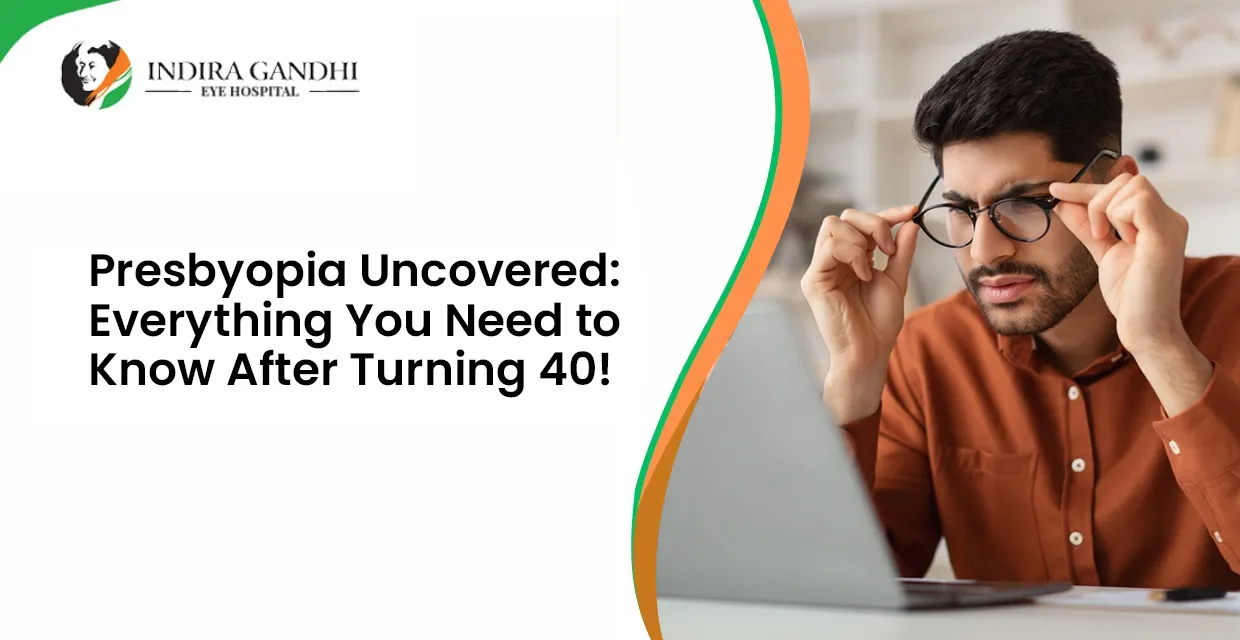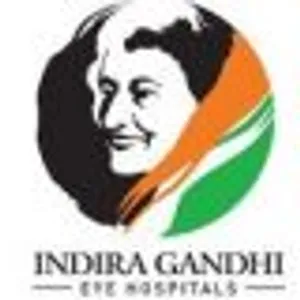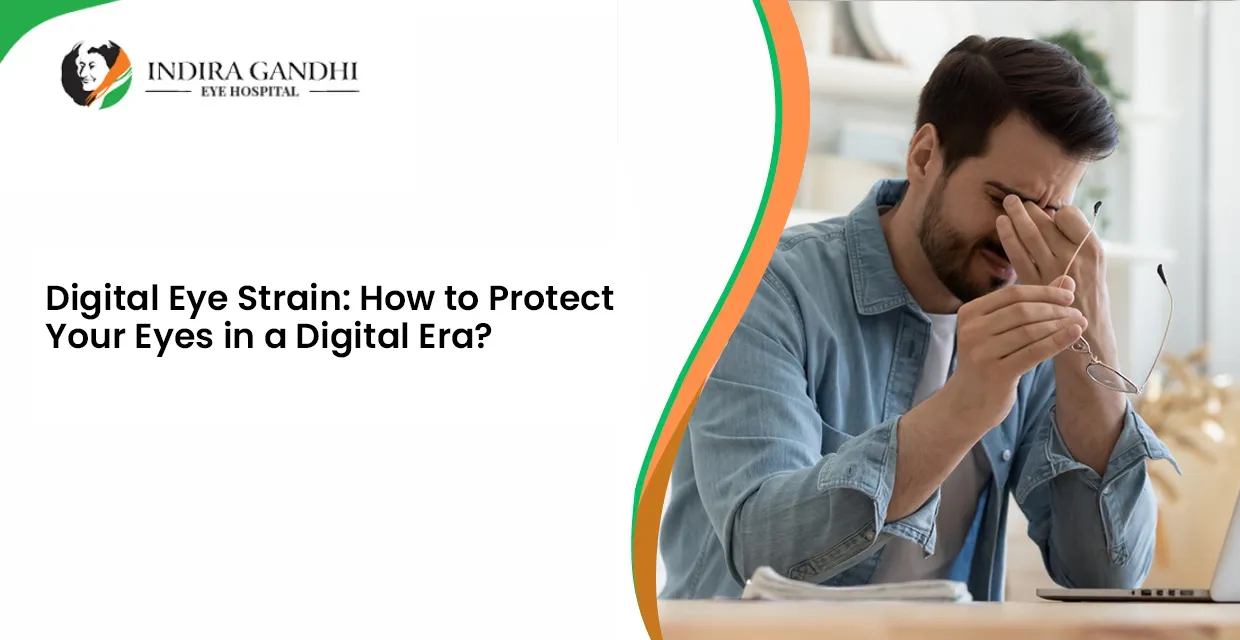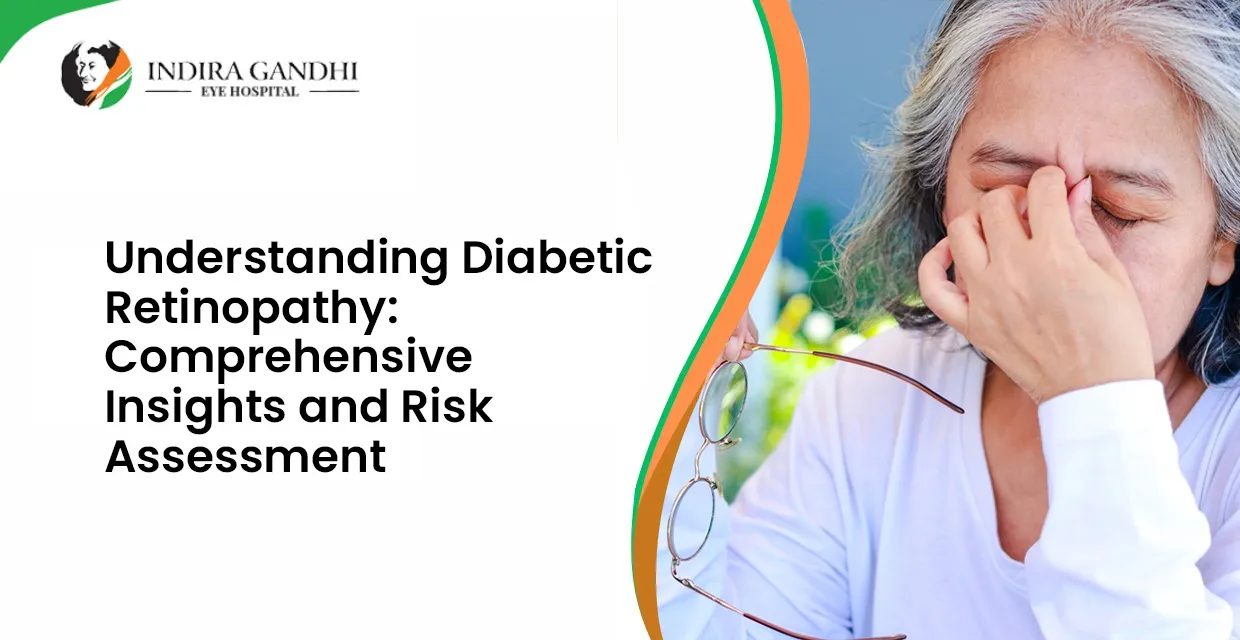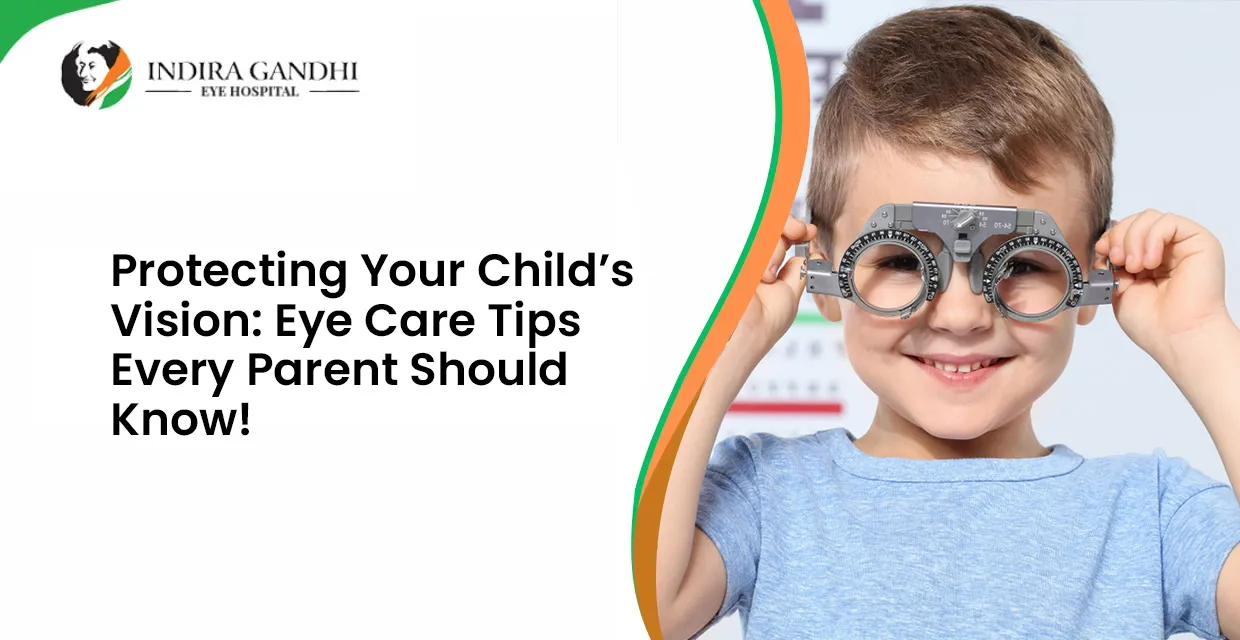Understanding Presbyopia
Presbyopia is an age-related vision condition that affects millions around the globe. As we age, the natural lens inside our eye loses its flexibility, making it difficult to focus on nearby objects. This condition typically becomes noticeable around the age of 40 and progresses with time.
What Causes Presbyopia?
Our eye's lens is made up of protein and water. Over time, these proteins begin to clump together, causing the lens to harden and lose its elasticity. When the lens loses its flexibility, it can't change shape to focus on close objects, resulting in blurred vision. This process is natural and inevitable, much like getting wrinkles or gray hair.
Symptoms and Diagnosis
Common symptoms of presbyopia include:
Difficulty reading small print
Needing to hold reading materials at arm's length
Headaches or fatigue after doing close-up work
Needing brighter lighting when reading or doing close-up tasks
To diagnose presbyopia, an optometrist will conduct a comprehensive eye exam. This exam may involve reading a vision chart, checking for other eye problems, and determining the prescription needed for corrective lenses.
Treatment Options for Presbyopia
The silver lining? There are multiple solutions to counteract the effects of presbyopia.
Reading Glasses: The simplest solution, reading glasses are worn only when needed for close-up tasks. They come in various strengths, which can be determined by your optometrist.
Bifocals or Trifocals: These are glasses that have two or three points of focus. The upper part is for distance vision, while the lower part aids in close-up vision. Some modern variants, known as progressive lenses, offer a seamless transition between distances.
Contact Lenses: There are bifocal contact lenses available that provide both distance and near vision.
Surgery: Procedures like conductive keratoplasty (CK) or LASIK can be used to treat presbyopia in certain cases. Always consult with a specialist before deciding on a surgical route.
How to Cope with the Progression of Presbyopia
As presbyopia is progressive, it's essential to have regular eye check-ups to adjust prescriptions as needed. It's also helpful to:
Enhance Lighting: Ensure that your reading area has ample lighting. This can reduce strain and make reading easier.
Adjust Digital Devices: Increase the font size on smartphones, tablets, and computers. Also, consider blue-light blocking glasses to reduce digital eye strain.
Take Regular Breaks: When doing close-up work, use the 20-20-20 rule. Every 20 minutes, look at something 20 feet away for at least 20 seconds.
Presbyopia and Other Eye Conditions
It's crucial to note that presbyopia is different from other refractive errors like myopia (nearsightedness), hyperopia (farsightedness), and astigmatism. While presbyopia involves the loss of lens flexibility, the other conditions are related to the shape of the eye and the way it refracts, or bends, light.
However, it's possible to have presbyopia and another refractive error simultaneously. If you're already wearing glasses or contacts for another condition, presbyopia can complicate matters, but it's manageable with the right corrective lenses.
In Conclusion
Presbyopia is a natural part of the aging process. While it might be inconvenient, modern optometry, such as the services offered at the Best Eye Hospital In Gurgaon - Indira Gandhi Eye Hospital & Research Centre, provides numerous effective solutions to help individuals navigate the world clearly. Regular eye exams are critical, not only for managing presbyopia but also for ensuring overall eye health. By understanding this condition and being proactive about eye care, one can continue to enjoy a high quality of life well past the age of 40.

